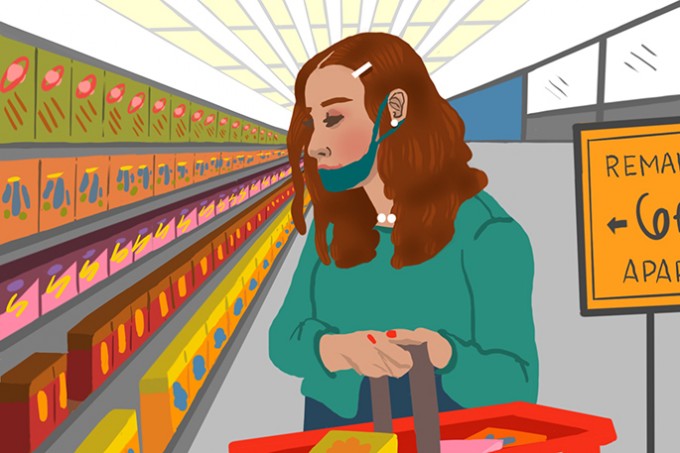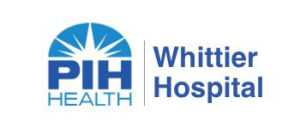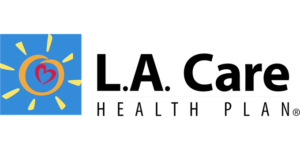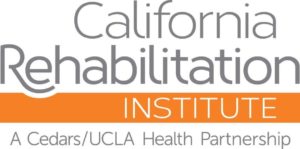Nursing & Healthcare News
Making Sense of Masks
Cutting through the mixed messages

- Effectiveness depends on the type of mask and whether it’s worn correctly
- Social distancing is still vital
- Nurses can model good behavior for the public
With all the changes in facemask recommendations, many people have been understandably confused about the role masks play in fighting COVID-19. Let’s take a closer look at the considerations public health officials have had to weigh in making their recommendations.
Imperfect Protection
There is evidence that proper use of medical masks — supplemented where appropriate with a respirator and/or face shield — may protect the wearer from contracting COVID-19, which, like influenza and measles, appears to spread primarily through respiratory droplets.
Unfortunately, medical masks don’t provide 100 percent protection, and the protection they do provide depends greatly on correct use. That includes making sure your mask is properly fitted; regularly replacing it (after each use or as often as supplies permit); avoiding touching the mask while wearing it and after removing it; and treating discarded masks as hazardous waste.
Although most clinicians understand the guidelines for proper mask use, that isn’t necessarily true of the general public, and even people who understand the appropriate precautions may not be in a position to follow them outside of a clinical setting.












